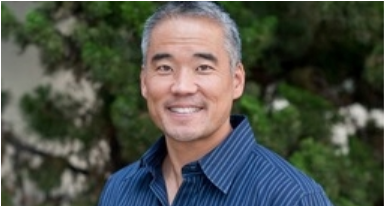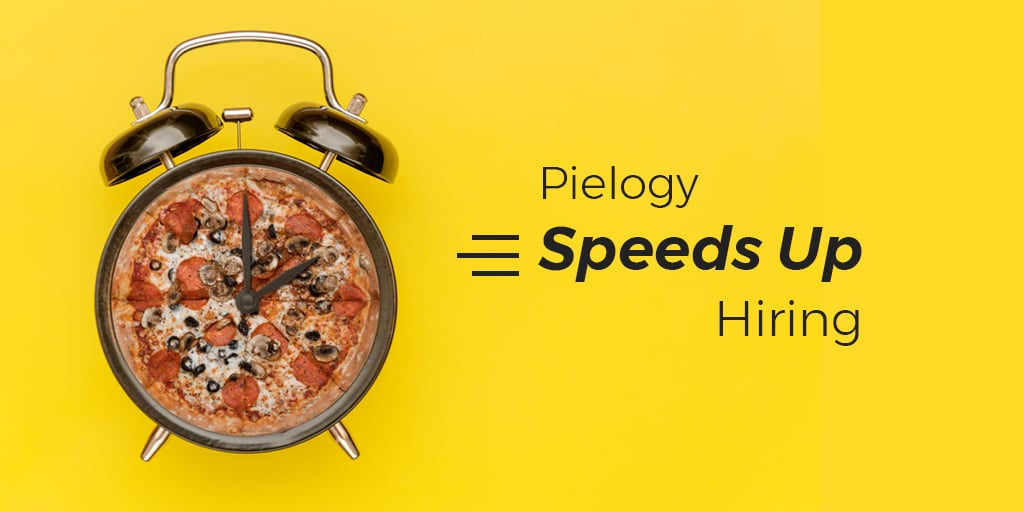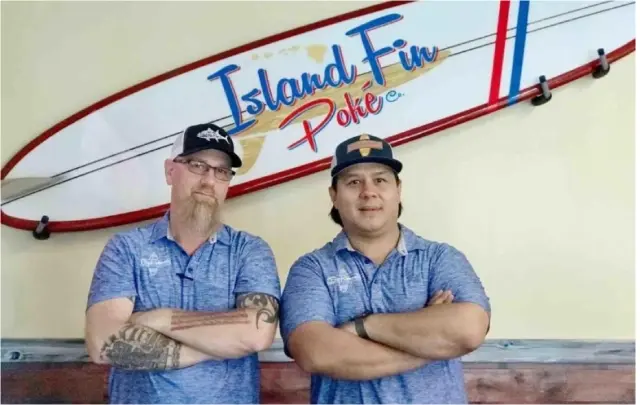Gregg is a high energy, values-based leader that has transformed companies and cultures, spanning across the Consumer Products, Food & Beverage, Entertainment, Healthcare, Technology, Aerospace, Not For Profit and Financial Services industries. Over the past 25 years, he has successfully turned around businesses for distressed to start-up and growth phase companies while securing ample funding to build globally recognized brands. Gregg is a C-Suite, hands-on global operator, experienced in leading and developing teams across multiple countries, while executing strategic plans with operating budgets exceeding $100 million.
Currently, Gregg is the CEO for Pieology, a fast casual pizza company with ~150 corporate and franchise locations globally. He is also the CEO and Founder of ONO Solutions, a business consulting firm specializing in strategy development and distressed turnarounds.
Prior to his current duties, he was the COO for PatientSafe Solutions, where he transformed a near bankrupt, no revenue healthcare IT re-start into a revolutionary mobile clinical solution. Within one year, they sold $22 million in hospital contracts, closed $30 million in fresh capital, and launched the world's first smart device designed for direct patient care. Under Gregg’s leadership, the company successfully negotiated a business relationship with Apple to use their technologies and was named one of the Wall Street Journal's Top 50 Venture-Backed Companies.
Prior to PatientSafe Solutions, Gregg worked at Highland Capital Management, L.P., a $14 billion AUM industry-leading alternative debt financial services firm, where he was responsible for leading the Private Equity strategy initiatives within the healthcare and consumer products platforms.
Gregg received a Bachelor's degree in Economics/Business from the University of California at Los Angeles and is a Certified Public Accountant in the State of California.
Q: What professional accomplishments are you most proud of since you start working on the Pieology project?
Gregg: One of the things that we're most proud of, especially in the last year, is not only the speed in which we’ve introduced new products to the market, but also the fact that we brought innovative products which have revamped our menu.
One of the things that we did was to launch a premium crust strategy that added two new crusts to our menu. Focusing on the best of indulgence and health, we launched our new deep-dish crust, with inspiration from the very popular Detroit type deep-dish pizzas. The second one that we introduced is the cauliflower crust, which is a healthier option. With these premium crusts, we are targeting two diverse sets of consumers.
The first type of consumer is someone looking for something different, and a bit more indulgent and robust. The second type of consumer is looking for something healthy, yet with a unique flavor profile.
Q: What are the superpowers of your team?
Gregg: Historically within the food industry, the ideation process to bring a new product to market could take anywhere between 12 to 18 months. Our team is able to introduce new products to market at a much faster pace. Our sweet spot target is about six months. Bringing things to the market very quickly doesn't necessarily come without failure or its set of challenges, but for our brand, we want to be viewed as the innovators in this space. We have to take some risks and try new things to be able to bring products to market at a speed that the consumer is not expecting.
Recently we launched our plant-based protein options and to do that right we needed to make a big impact, and educate consumers unfamiliar with these on-trend proteins. The vegan, vegetarian and flexitarian communities all clearly understand what plant-based proteins are, but to the everyday pizza lover, these are new to the space.
We leveraged big influencers from the vegan community and from the broader pizza and food community, and used visual demonstrations of what plant-based proteins include. What went viral was our use of topiaries, similar to a giant chia pet, in the shape of a chicken, a cow, and a pig, to represent our three new plant-based proteins of chicken, meatballs and spicy sausages.
Q: How would you describe your leadership style?
Gregg: I'm a learner leader that enjoys solving problems. I ask a lot of questions and listen to different perspectives, as they better educate me on a situation or circumstances. In the spirit of servant leadership, I lead from the front in situations of uncertainty. But my preference is to allow the team to go ahead by themselves, and I will shepherd from the rear when necessary.
Workstream’s Recruiting Tip:For a team to take the lead, they must first be familiar with your company and have a common goal in mind. One way to ensure that everyone is on the same page is trough onboarding and training. With mobile training, send handbooks, checklists and training videos to your employees. These can be easily accessible via a text message link, anytime and anywhere. Both new hires and current employees will be able to familiarize themselves with company materials, and stay on track. Human resource managers will also be able to instantly review completion rates, with SMS reminders guaranteeing completion. |
Q: What is one piece of advice that you will give someone running a restaurant?
Gregg: I think the advice I'd give is that it's really important to engage the guests. We know it's important to move them quickly through the line, and it's important to get the order right and make great food, but what we really want to do is to make a connection with the guest, and that's going to be something that's memorable.
Q: What are some challenges or trends you see in hiring today?
Gregg: I think there are a lot of challenges for all of us that are out there trying to hire talent. The biggest challenge is making sure that people who are coming to your brand understand that you are more than just a paycheck.
With minimum wage and other costs going up across the country, it's very easy for labor to be portable, and to move from brand to brand. If the employees don't understand what you stand for, and if they don't really see the opportunities that you can give them, then they're not necessarily going to be as loyal or be as interested in staying with you over a longer period of time. In the workforce right now, everybody's transient and people are jumping from job to job to make a little bit of extra money.
|
Q: Have you ever had an hourly job? If yes, please share with us your experience.
Gregg: The longest tenured hourly job I had was in the grocery industry. This was also my first experience working in a union environment. You had little to no control over your hours and everyone was compensated by the same tenure based wage system. It made it very difficult to earn more money and that dynamic acted as a disincentive for many workers to put in extra effort.
Working in that particular job, while also working in a sandwich shop and painting homes, and my compensation was driven by how hard I worked. It made me appreciate the challenges associated with being an hourly worker, and the importance of looking for positions that would reward you based on your own performance.
Inspired by Gregg’s story? Schedule a call with us for more personalized tips on optimizing the hiring process for your QSR, and you could be one step closer to achieving this incredible feat!





